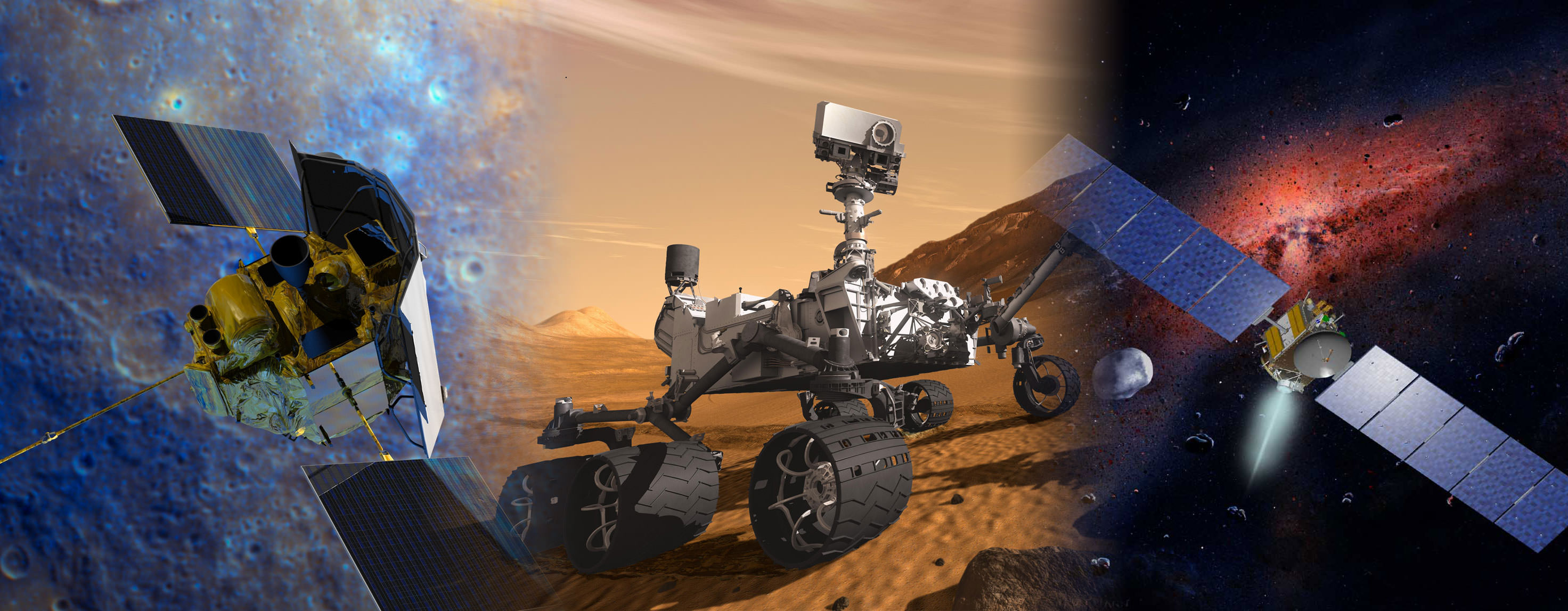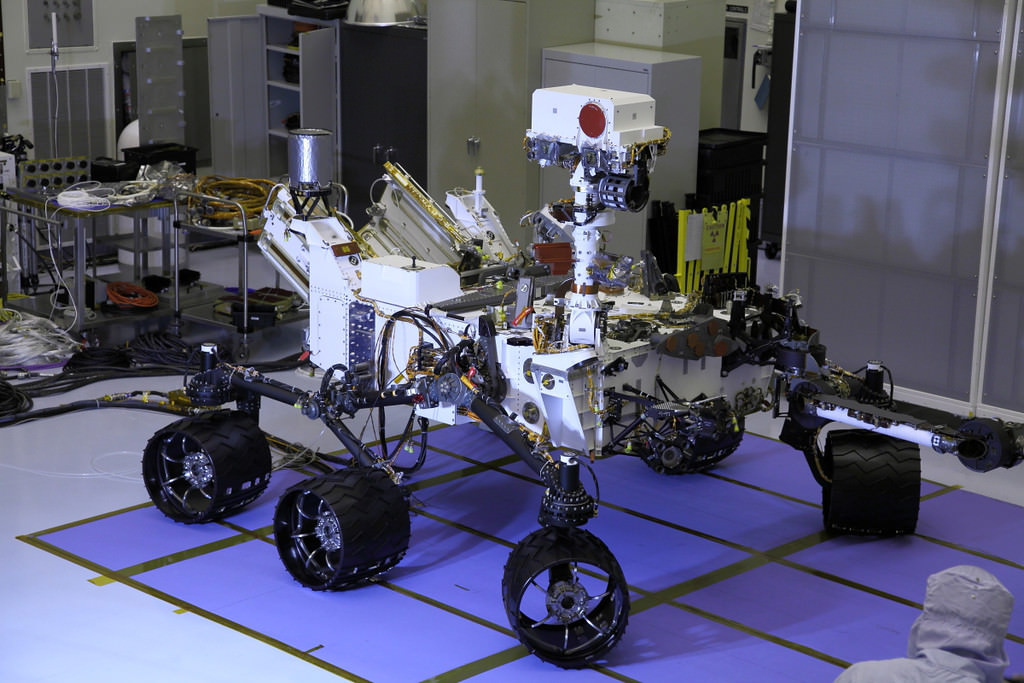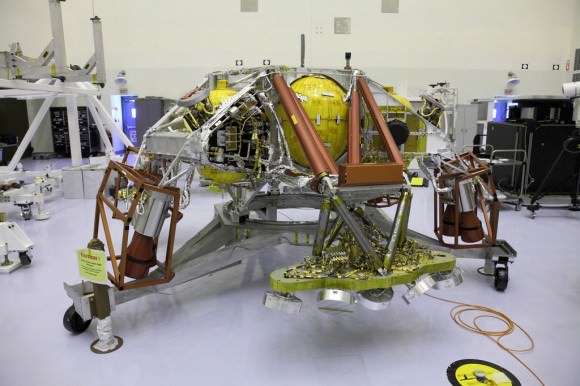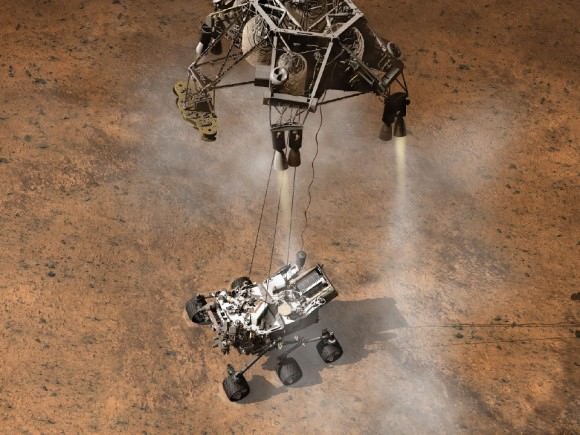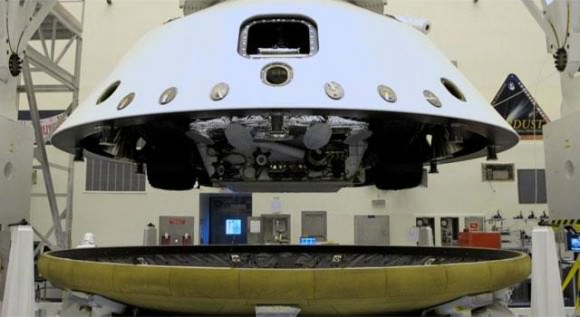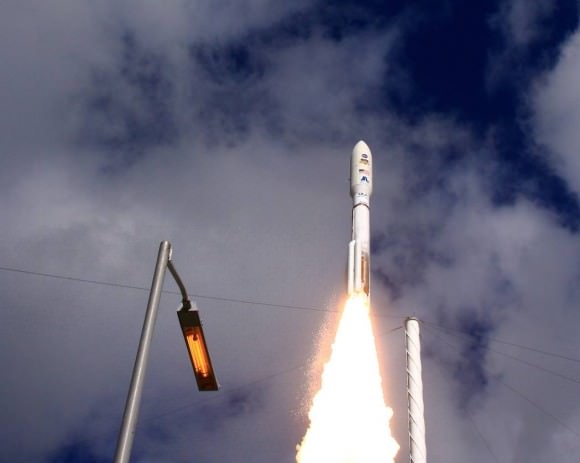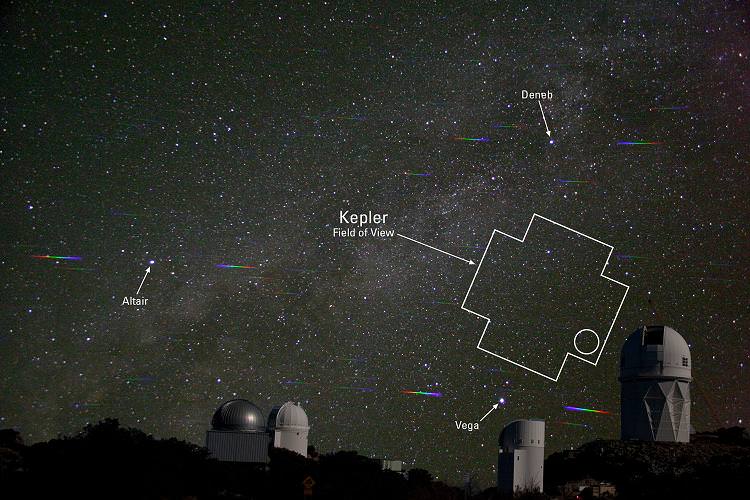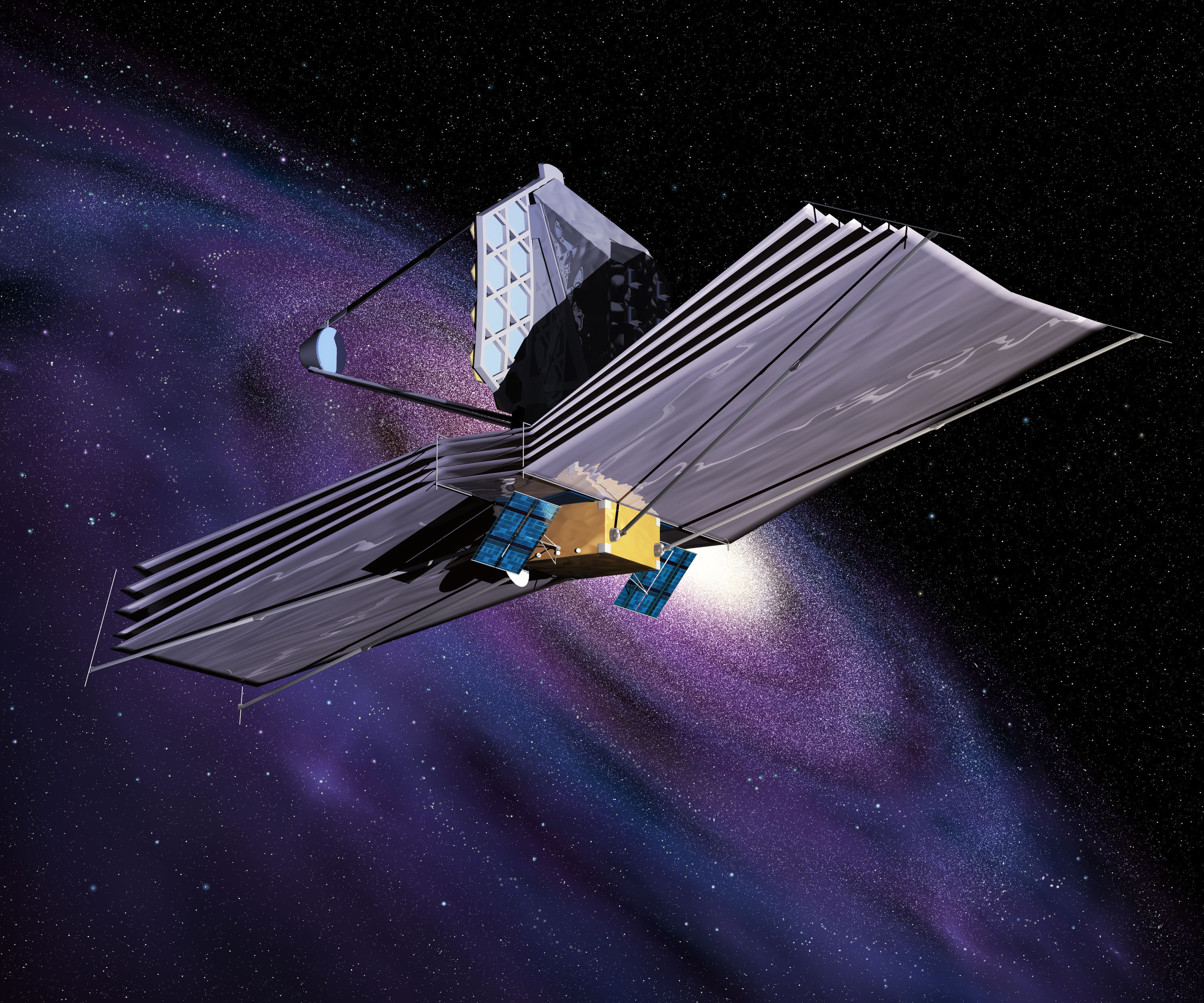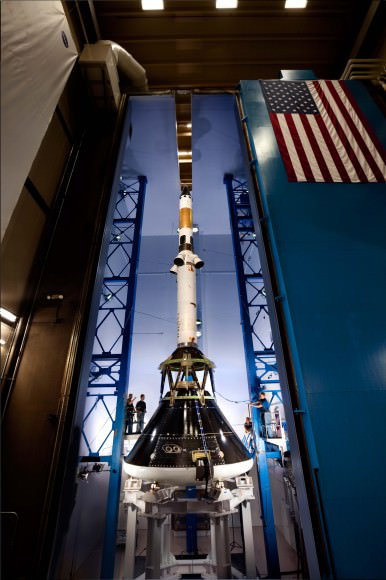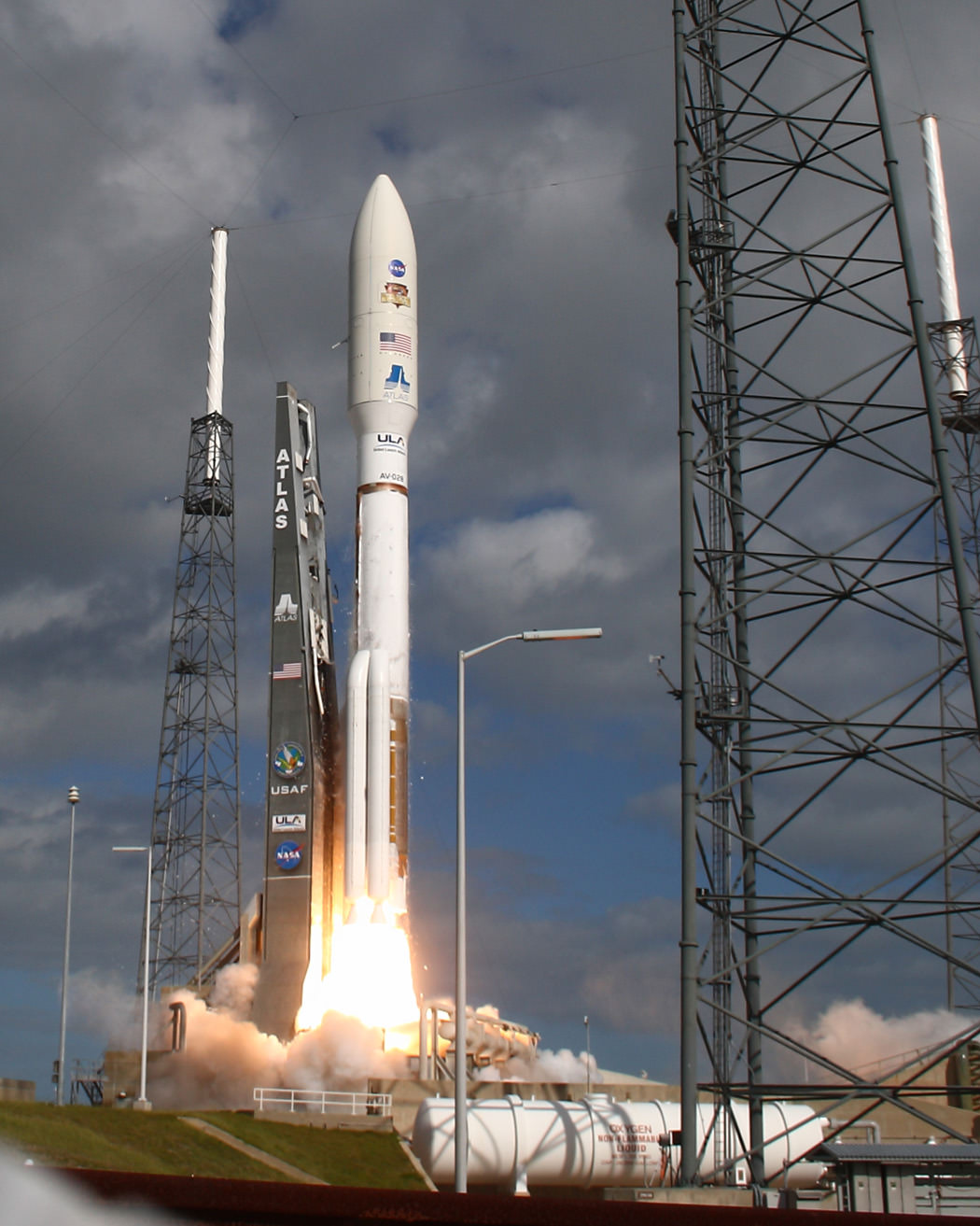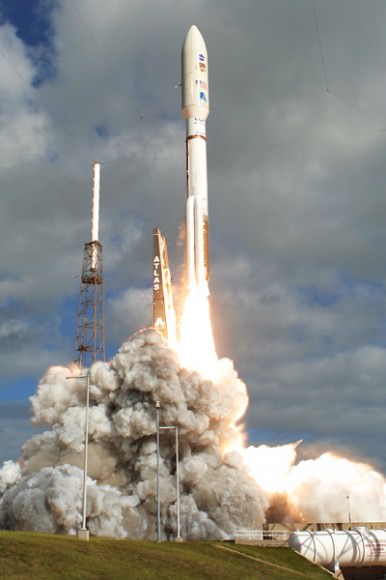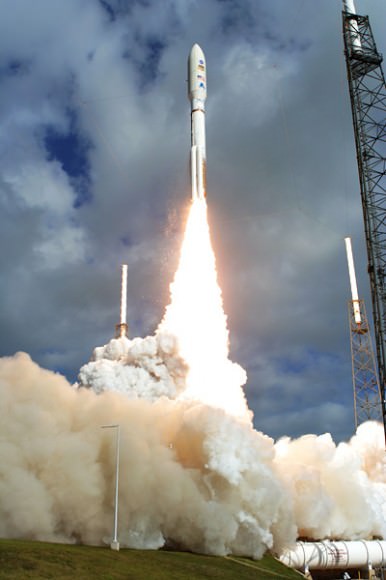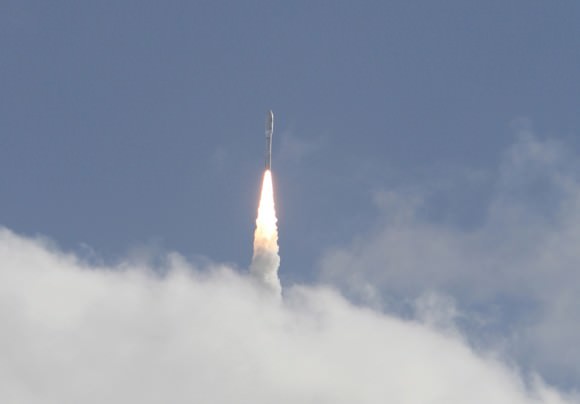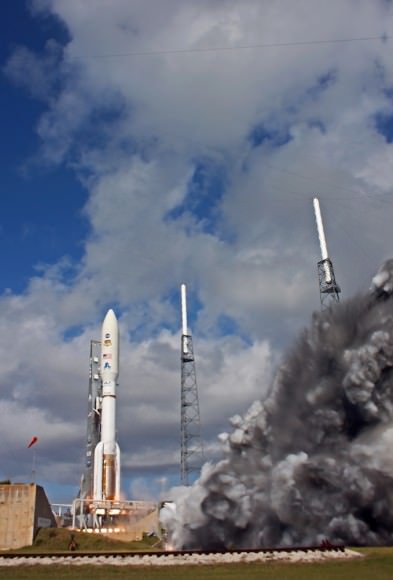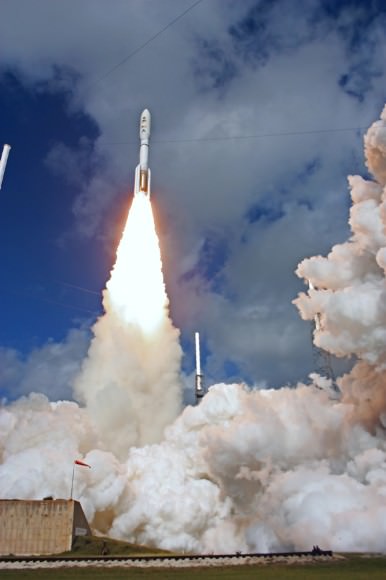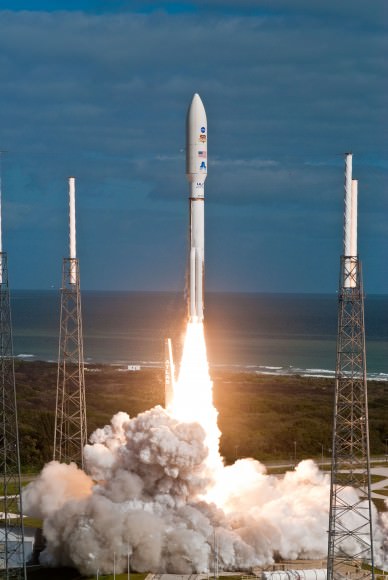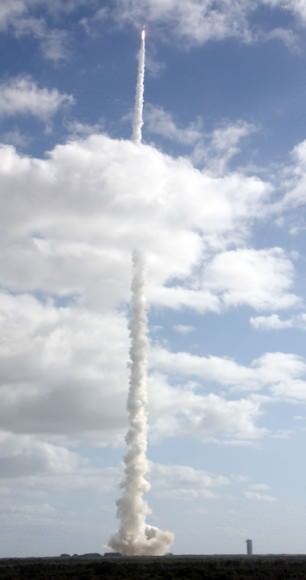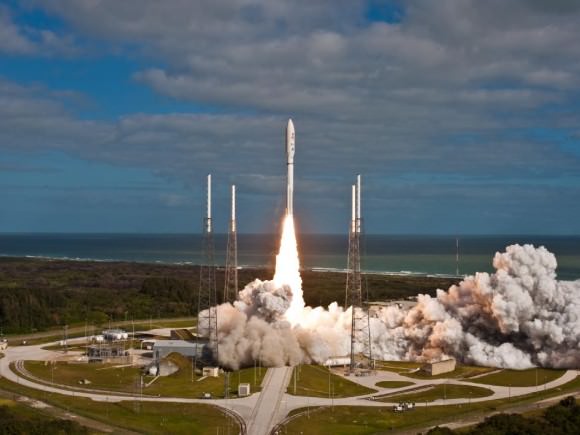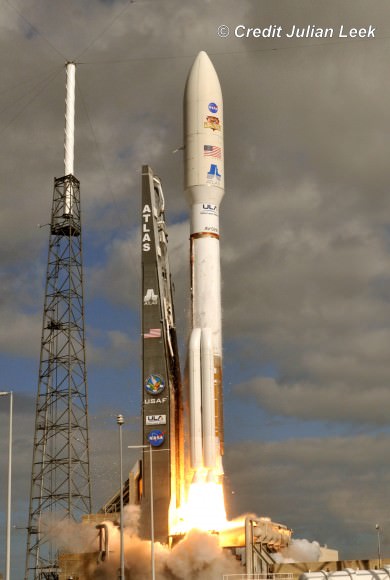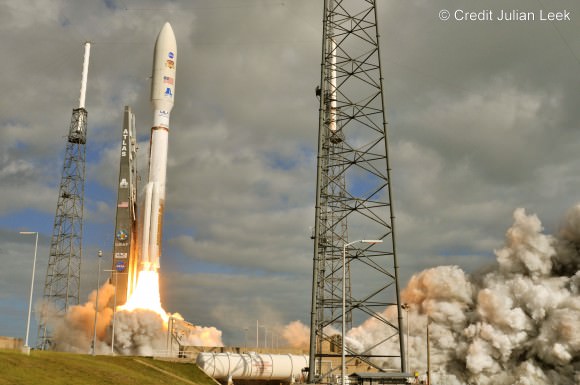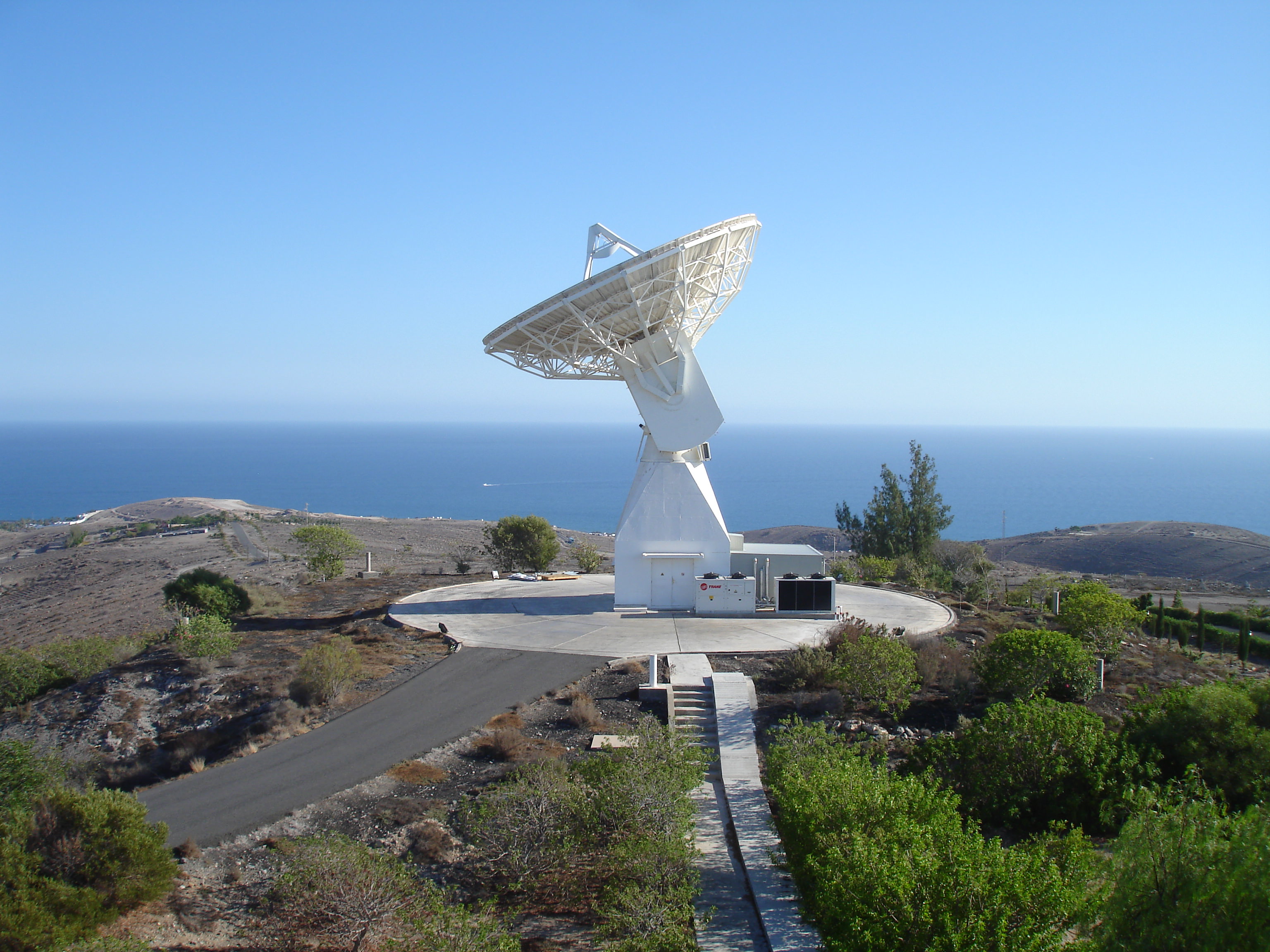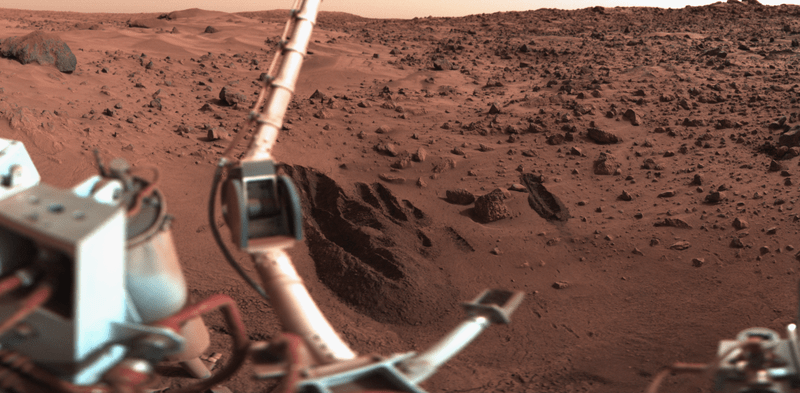[/caption]
A trio of NASA’s Planetary Science mission’s – Mars Science Laboratory (MSL), Dawn and MESSENGER – has been honored by Popular Science magazine and selected as ‘Best of What’s New’ in innovation in 2011 in the aviation and space category.
The Curiosity Mars Science Laboratory was just launched to the Red Planet on Saturday, Nov. 26 and will search for signs of life while traversing around layered terrain at Gale Crater. Dawn just arrived in orbit around Asteroid Vesta in July 2011. MESSENGER achieved orbit around Planet Mercury in March 2011.
Several of the top mission scientists and engineers provided exclusive comments about the Popular Science recognitions to Universe Today – below.
“Of course we are all very pleased by this selection,” Prof. Chris Russell, Dawn Principal Investigator, of UCLA, told Universe Today.

Dawn is the first mission ever to specifically investigate the main Asteroid Belt between Mars and Jupiter and will orbit both Vesta and Ceres – a feat enabled solely thanks to the revolutionary ion propulsion system.
“At the same time I must admit we are also not humble about it. Dawn is truly an amazing mission. A low cost mission, using NASA’s advanced technology to enormous scientific advantage. It is really, really a great mission,” Russell told me.
Vesta is the second most massive asteroid and Dawn’s discoveries of a surprisingly dichotomous and battered world has vastly exceeded the team’s expectations.
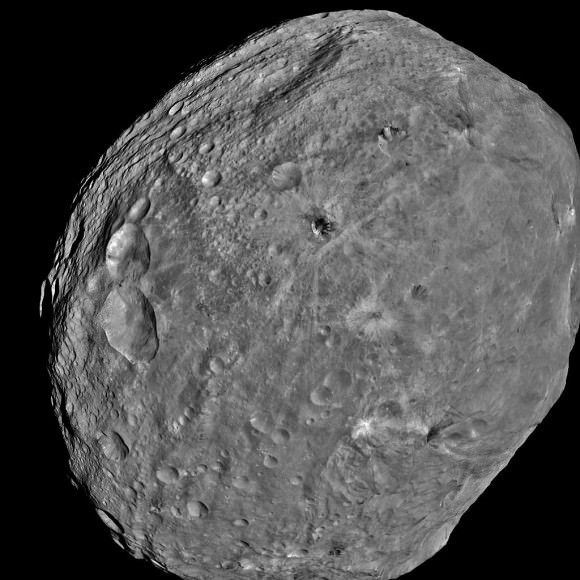
NASA's Dawn spacecraft obtained this image of the giant asteroid Vesta with its framing camera on July 24, 2011. It was taken from a distance of about 3,200 miles (5,200 kilometers). Before Dawn, Vesta was just a fuzzy blob in the most powerful telescopes. Dawn entered orbit around Vesta on July 15, and will spend a year orbiting the body before firing up the ion propulsion system to break orbit and speed to Ceres, the largest Asteroid. Credit: NASA/JPL-Caltech/UCLA/MPS/DLR/IDA
“Dawn is NASA at its best: ambitious, exciting, innovative, and productive,” Dr. Marc Rayman, Dawn’s Chief Engineer from the Jet Propulsion Lab (JPL), Pasadena, Calif., told Universe Today.
“This interplanetary spaceship is exploring uncharted worlds. I’m delighted Popular Science recognizes what a marvelous undertaking this is.”
JPL manages both Dawn and Mars Science Laboratory for NASA’s Science Mission Directorate in Washington, D.C.
Dawn is an international science mission. The partners include the German Aerospace Center (DLR), the Max Planck Institute for Solar System Research, the Italian Space Agency and the Italian National Astrophysical Institute.
“Very cool!”, John Grotzinger, the Mars Science Laboratory Project Scientist of the California Institute of Technology, told Universe Today.
“MSL packs the most bang for the buck yet sent to Mars.”
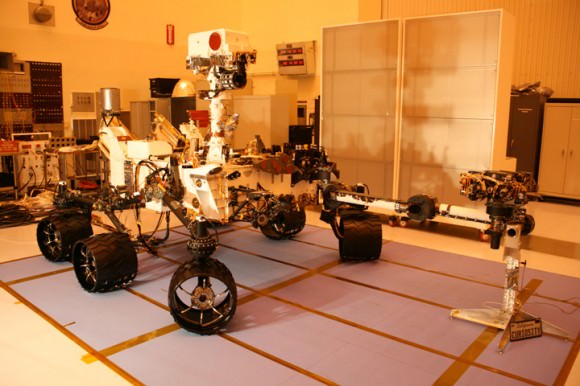
Curiosity just before Encapsulation for 8 month long interplanetary Martian Journey and touchdown inside Gale Crater. Credit: Ken Kremer
Curiosity is using an unprecedented precision landing system to touch down inside the 154 km (96 miile) wide Gale Crater on Aug. 6, 2012. The crater exhibits exposures of phyllosilicates and other minerals that may have preserved evidence of ancient or extant Martian life and is dominated by a towering mountain.
“10 instruments all aimed at a mountain higher than any in the lower 48 states, whose stratigraphic layering records the major breakpoints in the history of Mars’ environments over likely hundreds of millions of years, including those that may have been habitable for life.”
“It’s like a trip down the Grand Canyon 150 years ago, with the same sense of adventure, but with a lot of high tech equipment,” Grotzinger told me.
MSL also has an international team of over 250 science investigators and instruments spread across the US, Europe and Russia.
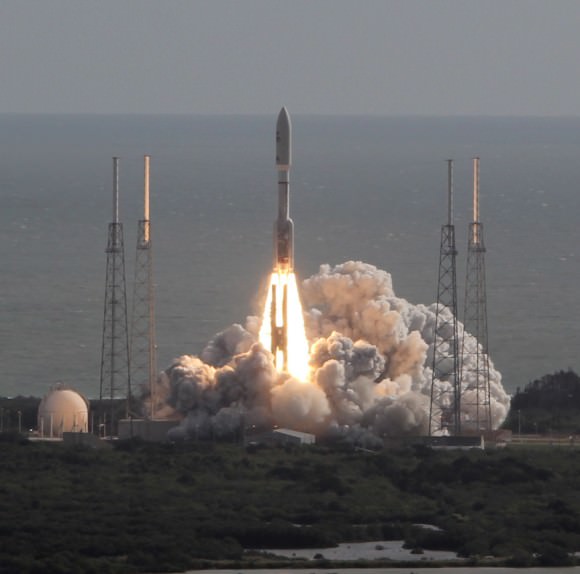
MESSENGER is the first probe to orbit Mercury and the one year primary mission was recently extended by NASA.
Sean Solomon, of the Carnegie Institution of Washington, leads the MESSENGER mission as principal investigator. The Johns Hopkins University Applied Physics Laboratory built and operates the MESSENGER spacecraft for NASA.
“Planetary has 3 missions there… Dawn, MESSENGER, and MSL,” Jim Green proudly said to Universe Today regarding the Popular Science magazine awards. Green is the director, Planetary Science Division, NASA Headquarters, Washington
“Three out of 10 [awards] is a tremendous recognition of the fact that each one of our planetary missions goes to a different environment and takes on new and unique measurements providing us new discoveries and constantly changes how we view nature, ourselves, and our place in the universe.”
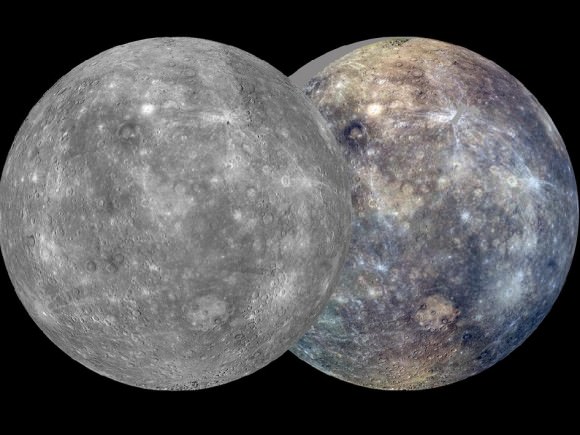
After its first Mercury solar day (176 Earth days) in orbit, MESSENGER has nearly completed two of its main global imaging campaigns: a monochrome map at 250 m/pixel and an eight-color, 1-km/pixel color map. Apart from small gaps, which will be filled in during the next solar day, these global maps now provide uniform lighting conditions ideal for assessing the form of Mercury’s surface features as well as the color and compositional variations across the planet. The orthographic views seen here, centered at 75° E longitude, are each mosaics of thousands of individual images. At right, images taken through the wide-angle camera filters at 1000, 750, and 430 nm wavelength are displayed in red, green, and blue, respectively.
Credit: NASA/Johns Hopkins University Applied Physics Laboratory/Carnegie Institution of Washington
Read more about the Popular Science citations and awards here
.
Read continuing features about Curiosity, Dawn and MESSENGER by Ken Kremer starting here:
Curiosity Mars Rover Launch Gallery – Photos and Videos
Curiosity Majestically Blasts off on ‘Mars Trek’ to ascertain ‘Are We Alone?
Dawn Discovers Surprise 2nd Giant South Pole Impact Basin at Strikingly Dichotomous Vesta
Amazing New View of the Mt. Everest of Vesta
MESSENGER Unveiling Mercurys Hidden Secrets

